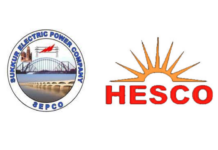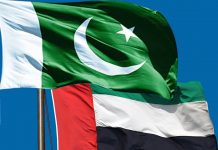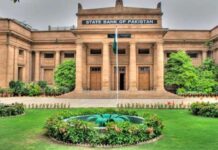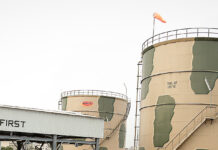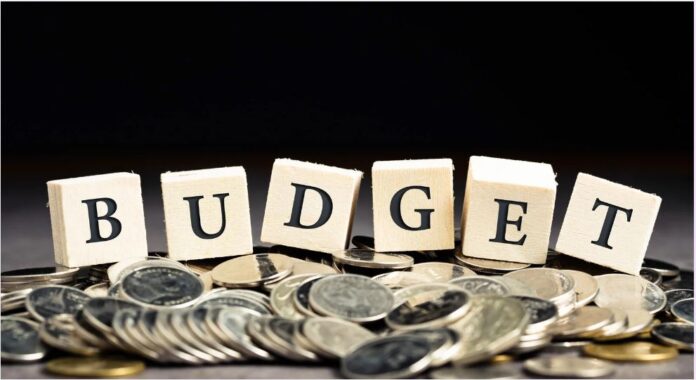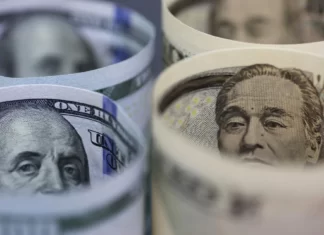ISLAMABAD, May 20 — The federal government will begin implementing the first phase of its new tariff reduction plan in the upcoming budget for fiscal year 2025-26, as part of the National Tariff Policy 2025–30, according to a circular issued by the Engineering Development Board (EDB). The plan aims to significantly lower import duties over the next five years to support export-led economic growth.
The circular, dated May 17, 2025, states that the number of customs duty slabs will be reduced from five to four, with a maximum duty rate of 15% by the end of the reform period—down from the current top rate of 20%. The revised slabs under the new policy will be 0%, 5%, 10%, and 15%.
“In line with the Prime Minister’s directions and the strategy for export-led growth, the following tariff reforms will be incorporated in the National Tariff Policy 2025–30: elimination of Additional Customs Duty (ACD) in four years starting FY26, elimination of Regulatory Duty (RD) over five years, phasing out of the Fifth Schedule in five years, reduction to four customs duty slabs, and a cap on maximum customs duty at 15%,” the circular reads.
Currently, Pakistan operates with five duty slabs—0%, 3%, 11%, 16%, and 20%. The 3% slab will be removed, with affected tariff lines moved to either 0% or 5%. The 11% slab will be revised down to 10%, while the 16% slab will be reduced to 15% in the upcoming budget. The highest slab of 20% will be abolished gradually over the five-year period.
The Fifth Schedule of the Customs Act, which governs the import of capital goods and industrial raw materials, will also be phased out by 2030.
The EDB has invited all stakeholders to review the proposed reforms and provide feedback on their potential impact on industrial sectors, product competitiveness, economic growth, and export performance.
Prime Minister Shehbaz Sharif formally unveiled the broad contours of the National Tariff Policy last week during a high-level meeting, where he described the plan as a turning point for Pakistan’s economic trajectory.
“This is a crucial step toward driving economic growth through a smarter, more equitable trade policy,” the prime minister said, emphasizing that the reforms are designed to create a predictable and business-friendly tariff structure.
The initiative is part of the government’s broader effort to revitalize Pakistan’s economy by boosting industrial competitiveness, encouraging investment, and integrating domestic industries into global value chains.


